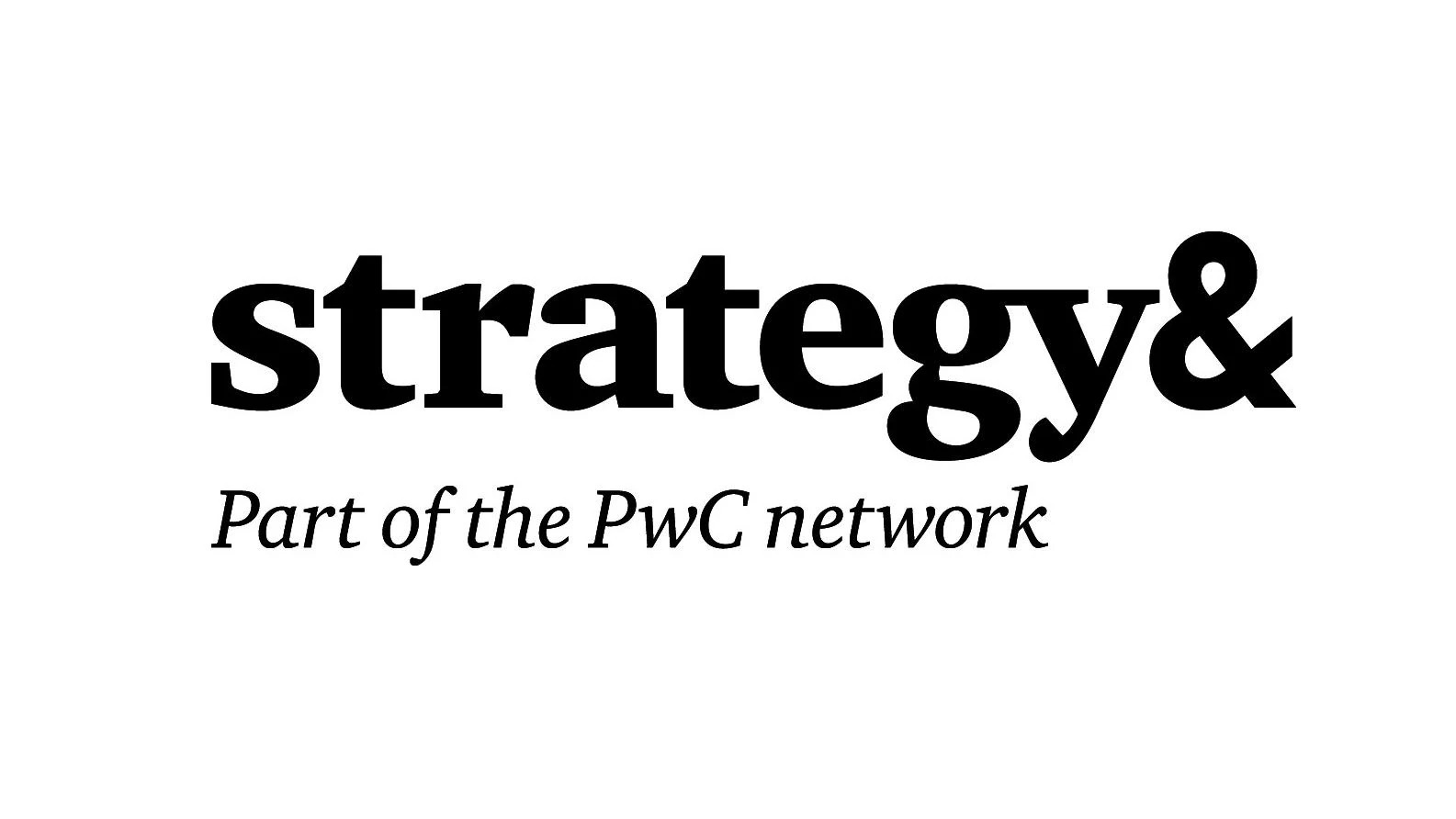Time to Thrive: Urban Resilience Shifts from Trend to Necessity
- Resilience is an imperative factor for cities future growth.
- The framework enables cities to assess multiple factors to aid them in tackling challenges
- Different facets of urban resilience are interconnected, and strengthening just one of these dimensions has a positive impact on other aspects of city life.
The COVID-19 pandemic exposed the urgent need for cities worldwide to become more resilient. Since then, that need has only grown. Urbanization is making city populations swell, and growth is projected to continue in the coming decades. At the same time, cities face a wide range of threats both natural (increasingly due to climate-related factors) and human-caused (such as traffic, crime, income disparity, and unemployment) that are growing in frequency and severity. Strategy&, in partnership with the World Governments Summit (WGS), has developed an evidence-based urban resilience framework that enables cities to assess their: - Exposure to hazards - Vulnerabilities - Institutional Capacities to Respond, Recover, and Transform in the Face of Shocks The framework is supported by 131 key performance indicators (KPIs) and a detailed qualitative checklist.
In 2020, we introduced this framework and published our assessment of urban resilience in 20 cities, including 11 in the Middle East and North Africa (MENA) region. In this edition, our second assessment, we expanded the base of cities to 50. This report presents the results of our analysis. We find that although cities and regions have made notable strides to become more resilient over the past few years, many still need to improve. The report also offers case studies of specific measures that cities around the world such as Beijing, Dubai, New York, Riyadh, and São Paulo are taking to boost their resilience. Last and most important our analysis suggests that the various dimensions of urban resilience are interrelated. Enhancing even one dimension has positive implications that cascade into other aspects of city life.





